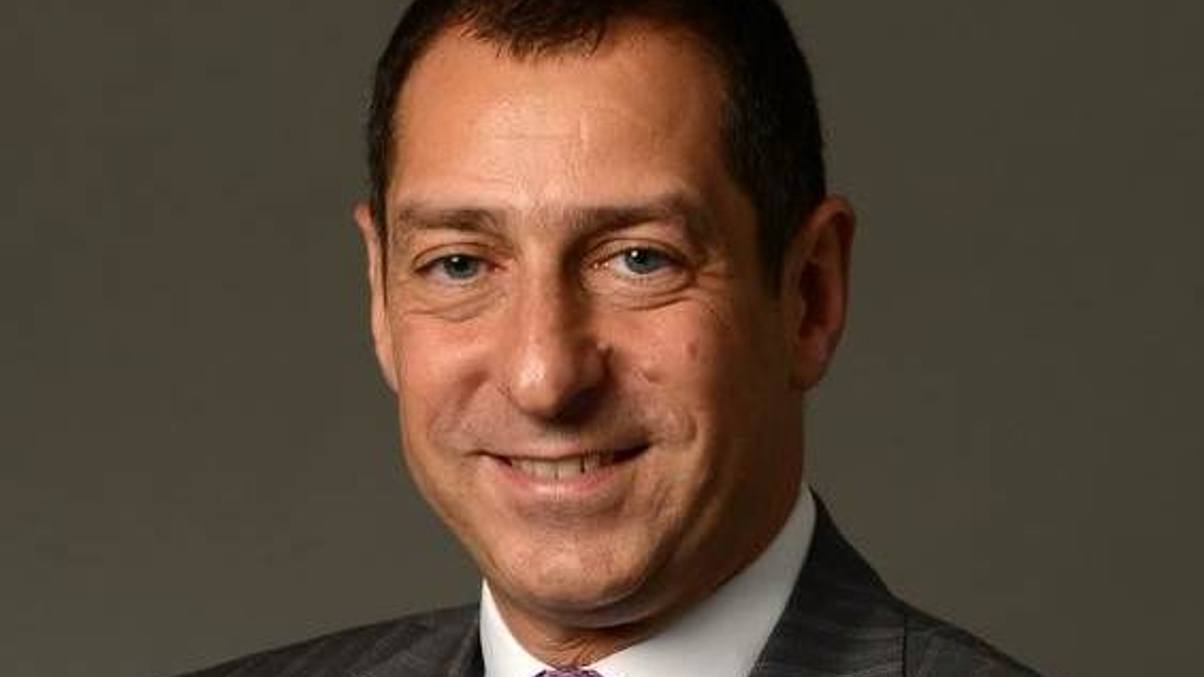AIA's Konyn talks investing amid adversity
In the first of a two-part exclusive interview, the chief investment officer of insurance giant AIA discusses investment returns and evolving the company's asset-liability management model.

Mark Konyn joined the insurance giant AIA last year as group chief investment officer. He managed a portfolio that AsianInvestor estimates at around US$135 billion, covering 18 markets in the region and with 200 investment staff in total, 70 of them in Hong Kong.
Sign in to read on!
Registered users get 2 free articles in 30 days.
Subscribers have full unlimited access to AsianInvestor
Not signed up? New users get 2 free articles per month, plus a 7-day unlimited free trial.
¬ Haymarket Media Limited. All rights reserved.


